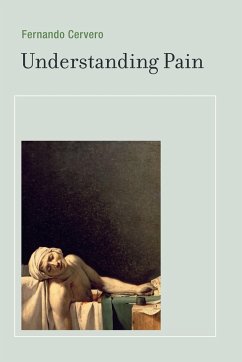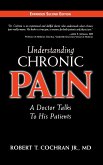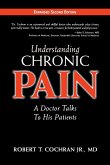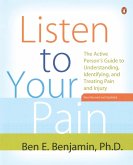An expert explores the nature of pain: why it hurts and why some pain is good and some pain is bad. If you touch something hot, it hurts. You snatch your hand away from the hot thing immediately. Obviously. But what is really happening, biologically—and emotionally? In Understanding Pain, Fernando Cervero explores the mechanisms and the meaning of pain. You touch something hot and your brain triggers a reflex action that causes you to withdraw your hand, protecting you from injury. That kind of pain, Cervero explains, is actually good for us; it acts as an alarm that warns us of danger and keeps us away from harm. But, Cervero tells us, not all pain is good for you. There is another kind of pain that is more like a curse: chronic pain that is not related to injury. This is the kind of pain that fills pain clinics and makes life miserable. Cervero describes current research into the mysteries of chronic pain and efforts to develop more effective treatments. Cervero reminds us that pain is the most common reason for people to seek medical attention, but that it remains a biological enigma. It is protective, but not always. Its effects are not only sensory but also emotional. There is no way to measure it objectively, no test that comes back positive for pain; the only way a medical professional can gauge pain is by listening to the patient's description of it. The idea of pain as a test of character or a punishment to be borne is changing; prevention and treatment of pain are increasingly important to researchers, clinicians, and patients. Cervero's account brings us closer to understanding the meaning of pain.
Hinweis: Dieser Artikel kann nur an eine deutsche Lieferadresse ausgeliefert werden.
Hinweis: Dieser Artikel kann nur an eine deutsche Lieferadresse ausgeliefert werden.








